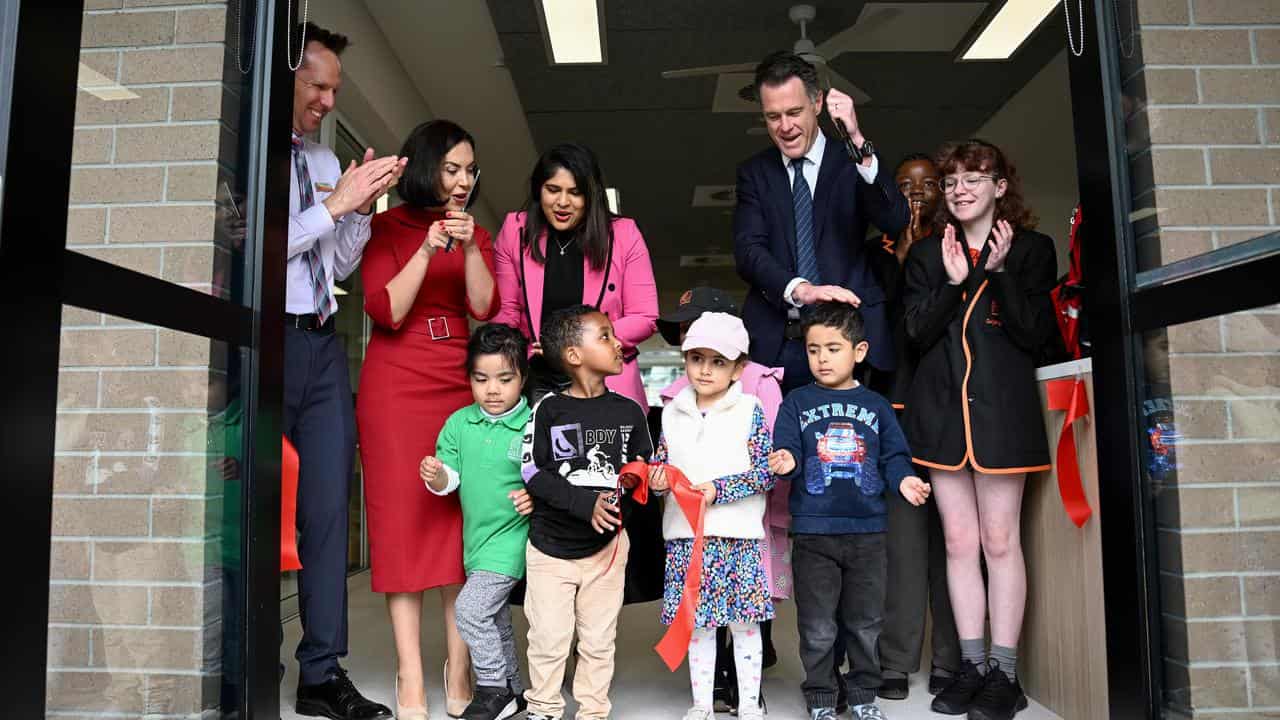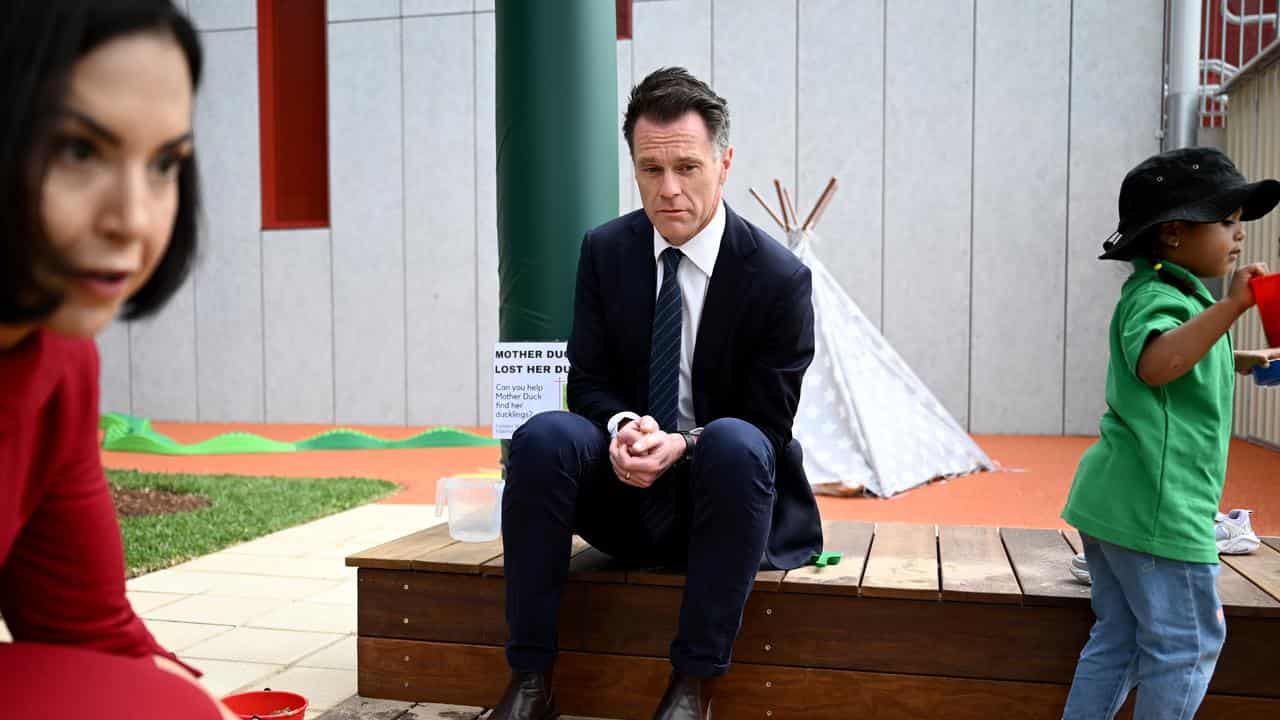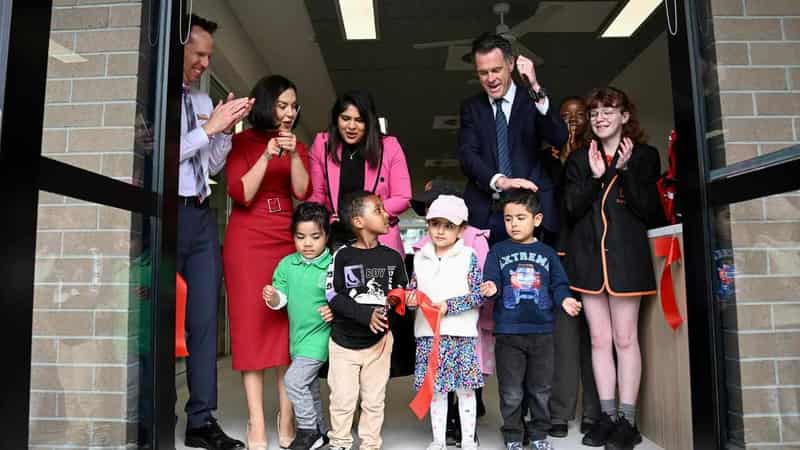
Parents have waited 18 months for the first of 100 promised preschools to open, but the NSW government is adamant the other 99 will be built and operating by 2027.
Dozens of children on Monday flocked to the new preschool attached to Gulyangarri Public School in Sydney's southwest after its opening by NSW Premier Chris Minns and Education Minister Prue Car.
The new facility, catering for up to 80 children, is the first of 100 new centres costing $769 million over four years.

While overall progress on the pledge would appear to be slow, government officials said everything was proceeding as scheduled.
They also pointed out the former coalition government did not build a public preschool in their 12 years in power.
Labelling the move the biggest public preschool investment in NSW history, Ms Car said Labor was on track and would start construction on another seven early in 2025.
“We will be opening every single one of them by day one, term one, 2027 - we can't make that clearer,” she told reporters.
“It is a rock solid commitment of the government."
Having preschools on primary school sites would be an "absolute game changer" for families, making drop-off easier and helping with the transition to kindergarten, Ms Car said.
"We differ completely from the previous government on the delivery of early childhood education and care, because we are physically building public pre-schools in public primary schools," she said.
The state opposition also wanted credit for the school in Liverpool, having first funded and started building the project before losing power in 2023.
Labor had not started building most of the 100 facilities, or prepared staff, Opposition education spokeswoman Sarah Mitchell said.
"I am concerned about whether they will be able to meet the timeframes of their election commitment," she said.
Tenders for the next seven schools have been released, with the majority located in the Illawarra and elsewhere on the NSW south coast.
The opposition questioned why more of the 100 schools to be built were not in regional areas.









